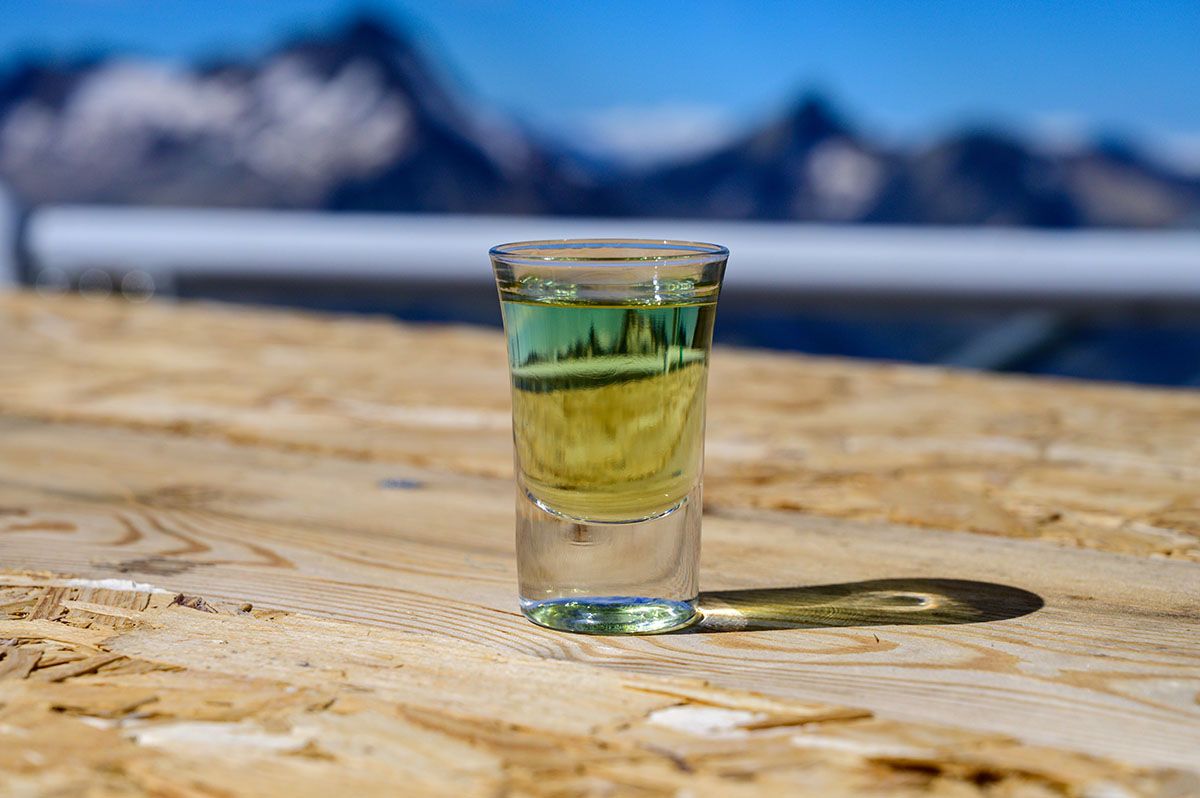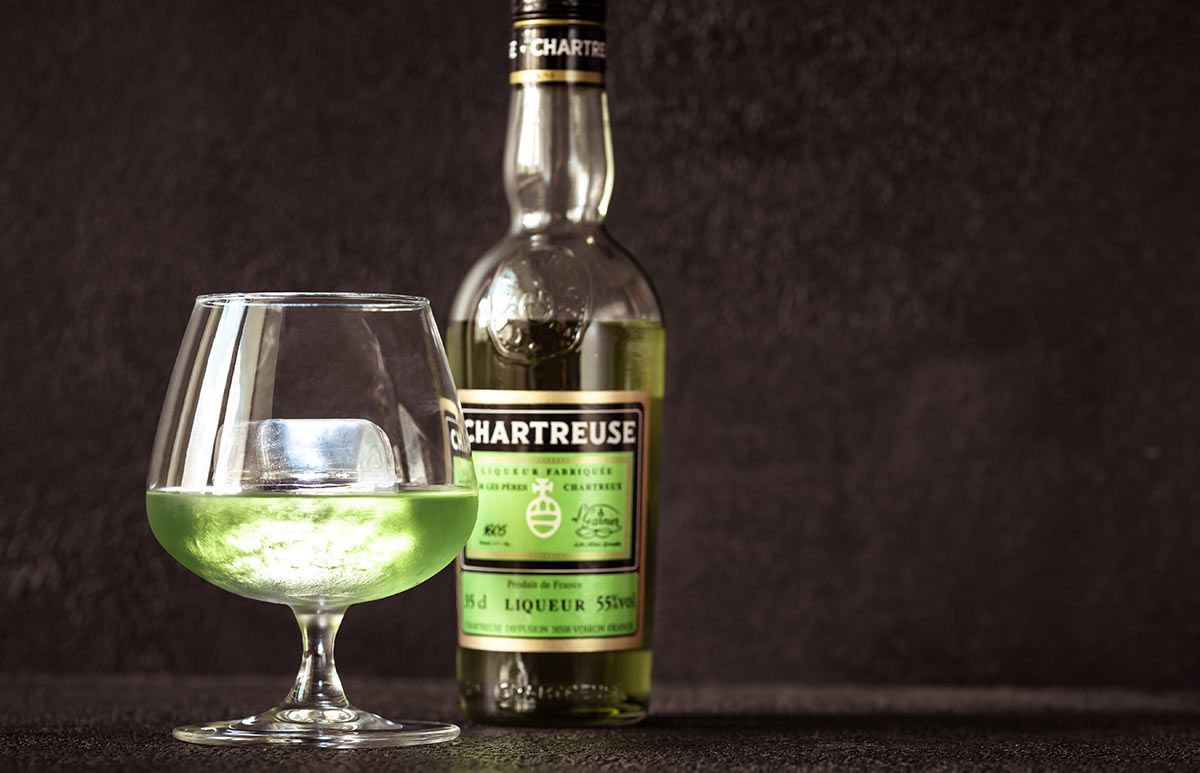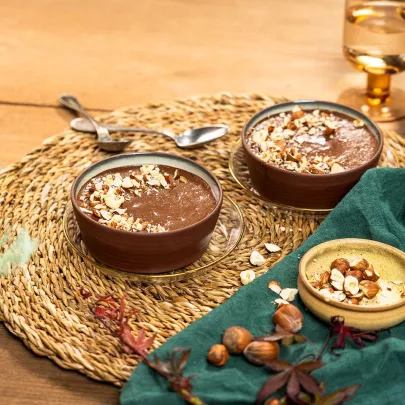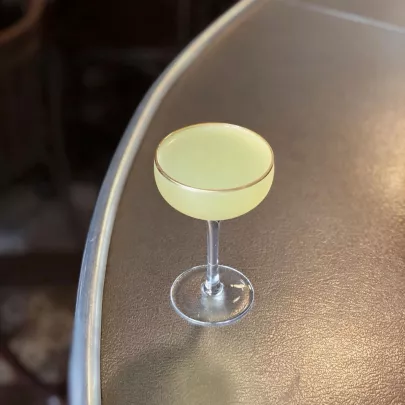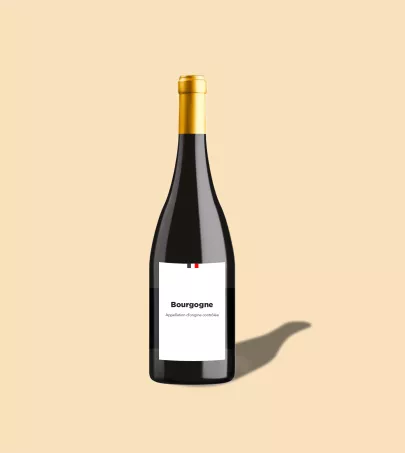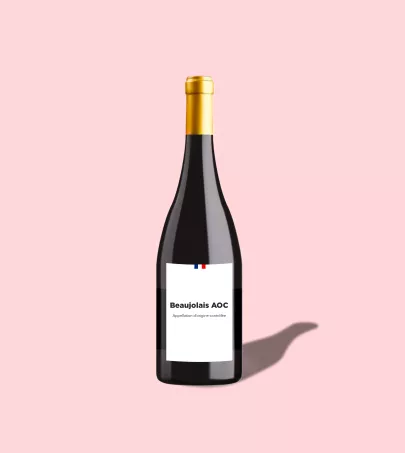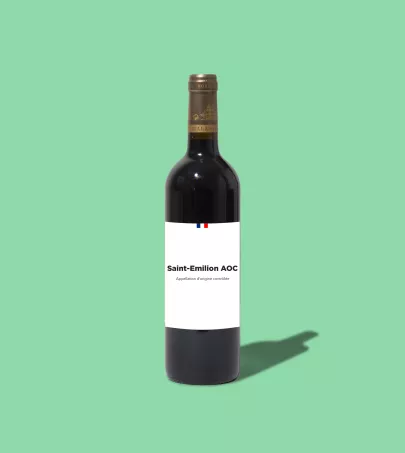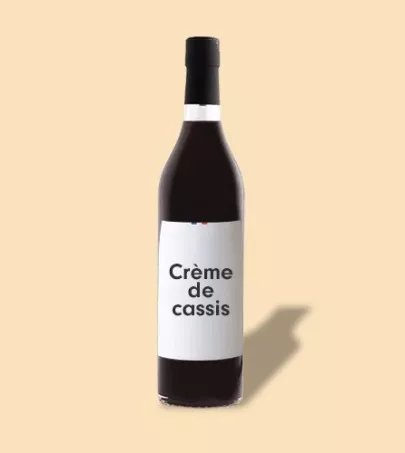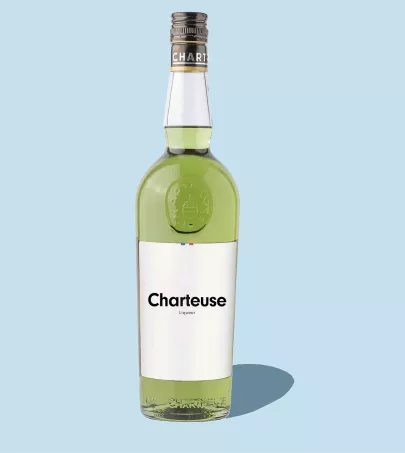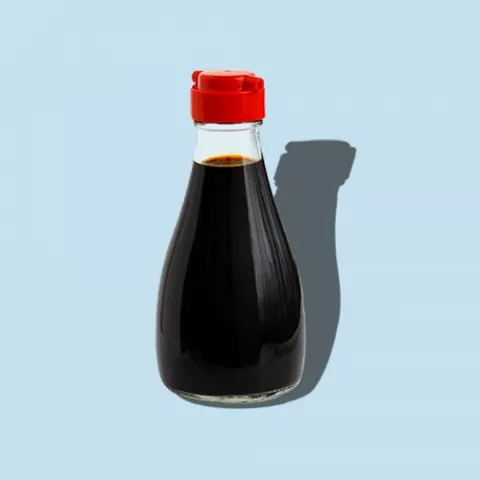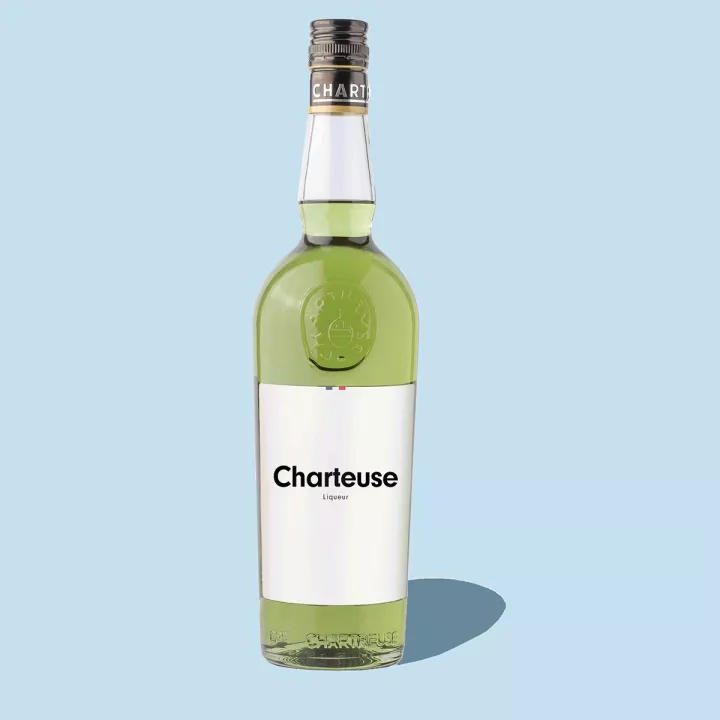
These liqueurs date back to an elixir of life first created in the 8th century by Carthusian monks as well as recipes featuring over 130 herbs and spices that have been under lock and key ever since. The result is a spirit whose enticing herbal notes can be enjoyed both neat and combined in a cocktail.
What you need to know
The history of Chartreuse dates back to the seventh century— 1605, to be precise. That year, the Maréchal d’Estrées arrived in Paris. He brought back a manuscript containing the formula for the elixir of life from his travels. The abbot of the Grande-Chartreuse monastery chose to purchase the work. As early as 1764, the Élixir Végétal de la Grande Chartreuse was released, followed several years later, in 1840, by both green and yellow Chartreuse liqueurs. This marked the dawn of a new era. After this point, the Order of Carthusians, the sole proprietor of the original formula, started producing Chartreuse. Still today, in Voiron, the birthplace of the liqueur, only two monasteries are allowed to produce it. The process begins with the creation of the blend of 130 herbs and spices that is needed to craft, over a period of three weeks, the distillates, macerates, and cold infusions that make up the liqueur. Next, specific blends are mixed with water purified by reverse osmosis and sugarcane and then distilled. Finally, the liqueur is aged in cellars in two different climates and in wooden vats of varying sizes until its aromatic complexities intensify and the alcohol levels out.
Characteristics
Look
Taste
Nutritional benefits
For over 250 years, the production of these famous liqueurs has never stopped! Even though the expulsion of the congregation in 1903 and during WWI forced the monks to move their distillery throughout France, Spain, and Italy several times, they continued to make Chartreuse. And they always will!
How to use
Storing Charteuse
Like most liqueurs, Chartreuse is best stored in a dark, dry place.
Preparing Chartreuse
Green and yellow Chartreuse liqueurs can be enjoyed on their own with a few ice cubes or added to cocktails. In the kitchen, they make for a wonderful addition to soufflés, granitas, or even ice creams.
Pair with
On the stove top, pair the liqueur with red berries, glazed melon, or chocolate. If you prefer to drink your Chartreuse, try mixing it with gin and gentian liqueur

